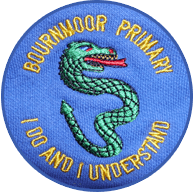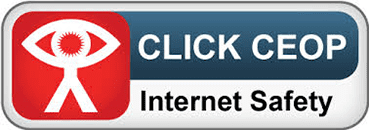English at Bournmoor Primary School
- English Overview
- Writing Composition and Transcription Progression
- VGP Progression
- Spoken Language Progression
- Spelling Progression
- Reading Progression
- Handwriting Overview
- Handwriting Progression
The national curriculum for English aims to ensure that all children can:
- read easily, fluently and with good understanding
- develop the habit of reading widely and often, for both pleasure and information
- acquire a wide vocabulary, an understanding of grammar and knowledge of linguistic conventions for reading, writing and spoken language
- appreciate our rich and varied literary heritage
- write clearly, accurately and coherently, adapting their language and style in and for a range of contexts, purposes and audiences
- use discussion in order to learn; they should be able to elaborate and explain clearly their understanding and ideas
- are competent in the arts of speaking and listening, making formal presentations, demonstrating to others and participating in debate.

Planning and organisation of the subject
The approach to the teaching of literacy within the school is based on: a daily literacy lesson (or extended sessions) and a clear focus on direct, instructional teaching and interactive oral work with both the whole class and smaller ability groups. It is the responsibility of each class teacher to plan deliver and organise lessons and to adapt according to ability. Teachers ensure that reading, writing and spoken language lessons are taught. Lessons are planned using the aims and content of the National Curriculum in Key Stages One and Two (Writing, Reading and Spoken Language), and teachers of the Reception children base their teaching on objectives in the Framework for Reception, ensuring that they are working towards the ‘Early Learning Goals’ for English Development i.e. Communication and Language and Literacy (Reading and Writing). Pupils are also taught reading (word reading and comprehension). This is introduced to pupils in the EYFS stage through regular phonic sessions (continued throughout Key Stage One). Pupils also read regularly with an adult in school, they take a reading book home, they have discrete reading sessions in class as well as regular reading lessons that include comprehension and poetry-based activities. Each class has a class novel that is used as a stimulus for reading and writing opportunities and these are changed throughout the year. Letter formation is taught in EYFS and then the Letterjoin scheme is introduced as children begin to learn cursive letters in preparation for joining.
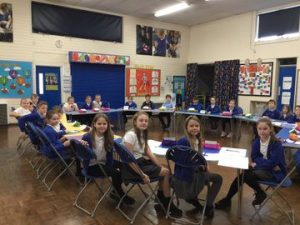
Teaching styles and strategies
Children are encouraged to be creative, to develop a love of reading and to enjoy the subject. Pupils should see the links between reading, writing and spoken language and to use any of their strands as a vehicle for communication. To develop fluency in English, pupils have access to a wide range of fiction and non-fiction texts and poetry for reading, to enhance word reading and comprehension skills, as well as experience of writing in a range of genres. To further enhance their writing, their knowledge of grammar and punctuation will develop and, in turn, this will allow pupils to create technically competent compositional pieces. Pupils have opportunities throughout the week to complete extended pieces of writing. Additionally, compositional pieces will be drafted, peer/self-assessed, edited and teacher-assessed, which allows pupils to understand how literacy skills develop. Reading will be taught both through independent reading, whole class reading, comprehensions, cross-curricular reading opportunities and throughout reading lessons. Teachers will encourage both word-reading and comprehension-based skills. Pupils will take part in various spoken language activities and all three literacy strands (reading, writing and spoken language) will be woven into lessons. Pupils complete grammar, punctuation and spelling tasks as well as writing compositional pieces. Final drafts of work are self-assessed and each piece is assessed based on their current year objectives or teacher assessment frameworks TAFS (Year 2 and Year 6). Teachers refer to the marking policy to enable a consistent response to children’s work and inform children what their next steps should be.
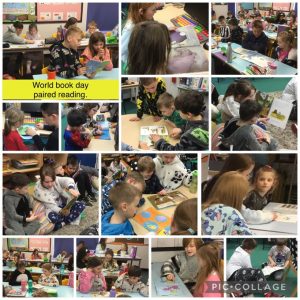
How the subject is assessed
Foundation Stage
Teachers use daily observations of child-initiated activities and adult led tasks to collect evidence of the level the child is currently working at. They use the set proforma for recording meaningful observations and individual work is presented in the child’s literacy book. Children should have the opportunity to take part in extended literacy sessions where, children record a literacy-based task which is often annotated with their comments and levels of thinking. Observations, annotations and children’s work are used to provide a full picture of the child’s achievement and working level.
Key Stage One and Two
Assessment of pupils is an on-going activity. Children’s knowledge and understanding is informally assessed in class and group question and answer sessions and through observation during lessons as well as in marking written work. To support this, tests will be administered to children to ensure they are familiar with summative assessment documents. Teachers should refer to the assessment grids to support their judgements as to whether a child is working at expected, above or below. In Key Stage One at the end of Year Two SAT papers can be used to assess alongside teacher assessment to give a final assessment for Key Stage. The GPS Key Stage Two SAT is completed at the end of Year Six, as well as teacher assessment for writing (teacher assessment documents are used for this). The Hertfordshire Reading Test is completed to monitor progress in word reading and this is used in conjunction with formal summative assessment to aid teacher assessment.
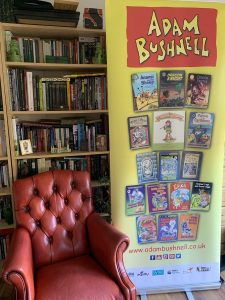

Impact
- Class novels have promoted a love of reading and have increased engagement with the subject. This also allows for the development of inference and deduction skills as a continual process.
- There are many opportunities for pupils to develop their writing skills and extended writes are woven into English and Foundation subjects. This provides pupils the opportunities to incorporate VGP elements into their writing.
- Reading, writing and spoken language objectives are woven seamlessly in lessons and each skill supports the improvement of the other.
- Assessment sheets are used to clearly show the progress of each child and to allow pupils to see and understand their next target.
- The subject leader measures the effectiveness of teaching and learning in English and develops the subject through training, research and external links.
- The subject lead shares the intent, implementation and impact of their subjects with stakeholders, including governors.
- We closely monitor writing in all subjects (including handwriting) across the school, ensuring a particular focus on writing in EY and KS1 to embed early skills and deep roots of learning.
- We focus on aspects of the curriculum that develop pupil’s reasoning, inference and deduction skills and reading comprehension and this is having a positive impact.

To support our Year 6 pupils and parents with SPAG, click for our helpful guide for spelling, punctuation and grammar:
